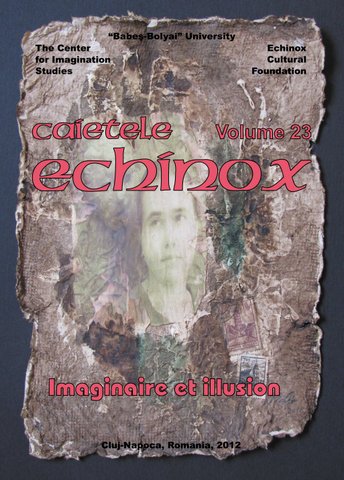De l’illusion « Vase-Face » aux membres et corps fantômes : L’avenir des illusions
From the "Vase-Face" Illusion to Phantom Limbs and Phantom Bodies: The Future of Illusions
Author(s): Marie-Agnes CathiardSubject(s): Philosophy
Published by: Universitatea Babeş-Bolyai
Keywords: Illusions; Bistability; Phantom Limb; Phantom Bodies; Free Will; Motor Intention.
Summary/Abstract: Since the birth of Experimental Psychology at the end of the 19th century, illusions entered the paradigms and methods of the discipline, and the new trends in cognitive sciences reinforced the status of a true science of the illusions (Ninio, 1998). This contribution will dwell first on classical bistable illusions (Rubin’s vase and Necker’s cube), for they feed the basic conception of our perceptual senses as a closed loop system (à la Rodolfo Llinás, 2003). The weird sensation of phantom limbs in amputees, phantom bodies in different brain states, as well as the production of the rubberhand illusion in intact people, and also self/alien body presence created by virtual reality designs, are all phenomena which can assist with testing data-driven models. It would thus seem possible to distinguish between cases when cognitive sciences tells us to believe the subject report (e.g. phantom limb pain), and when they tell us not to believe her/him anymore (e.g. free will in the motor intention).
Journal: Caietele Echinox
- Issue Year: 2012
- Issue No: 23
- Page Range: 41-56
- Page Count: 16
- Language: French
- Content File-PDF

